Add some value to your home with a finished basement! Check out these tips for making sure you start with a clean, dry space and then turn your basement into an awesome rec room, family room or even add another bedroom.
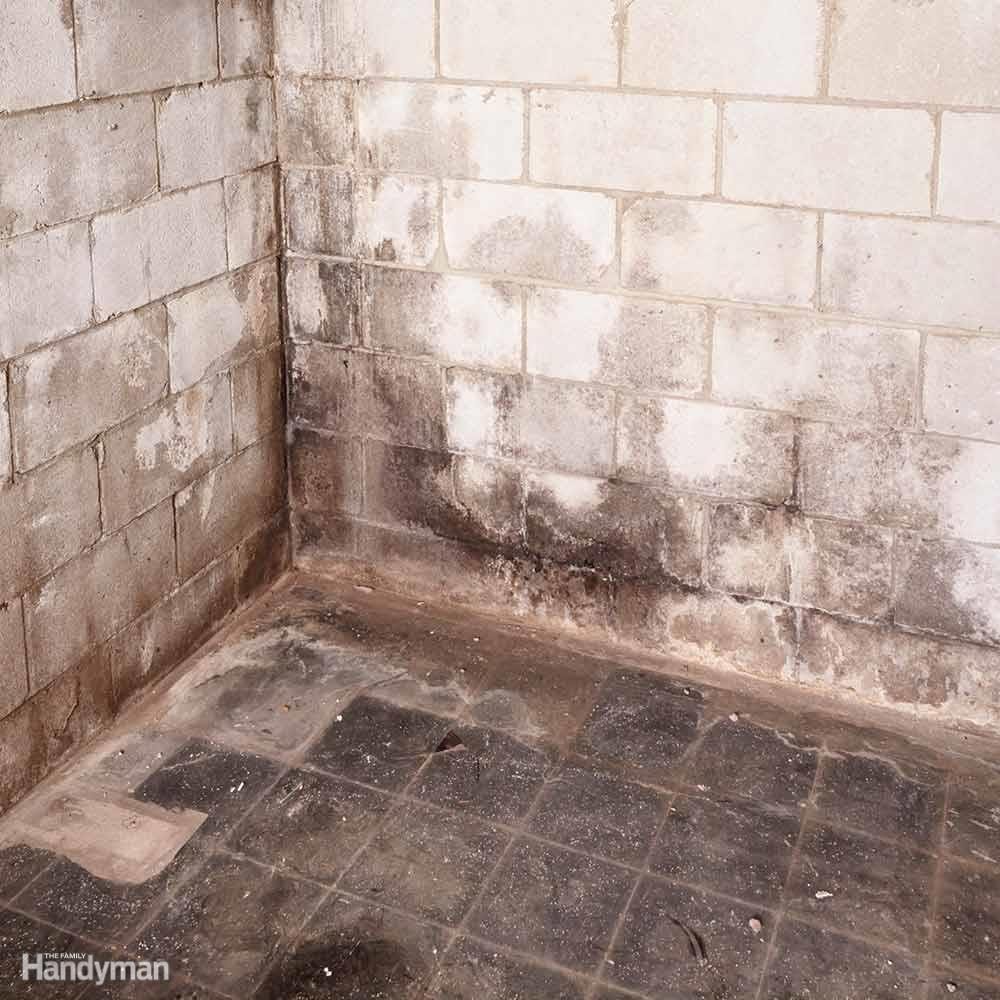
First, Dry it Up
If you have a damp or wet basement, you have to fix it before you start any finishing work. The good news is that most water problems can be remedied by two measures: grading the soil to slope away from the foundation and adding or repairing gutters and downspouts. If these steps don’t work, you’ll have to take more extreme measures like adding exterior drain tile and waterproofing the walls or adding interior drain tile that empties into a sump basket with a pump. Eliminating water problems is time consuming and expensive, but it’s critical to prevent a moldy and ruined finished basement.
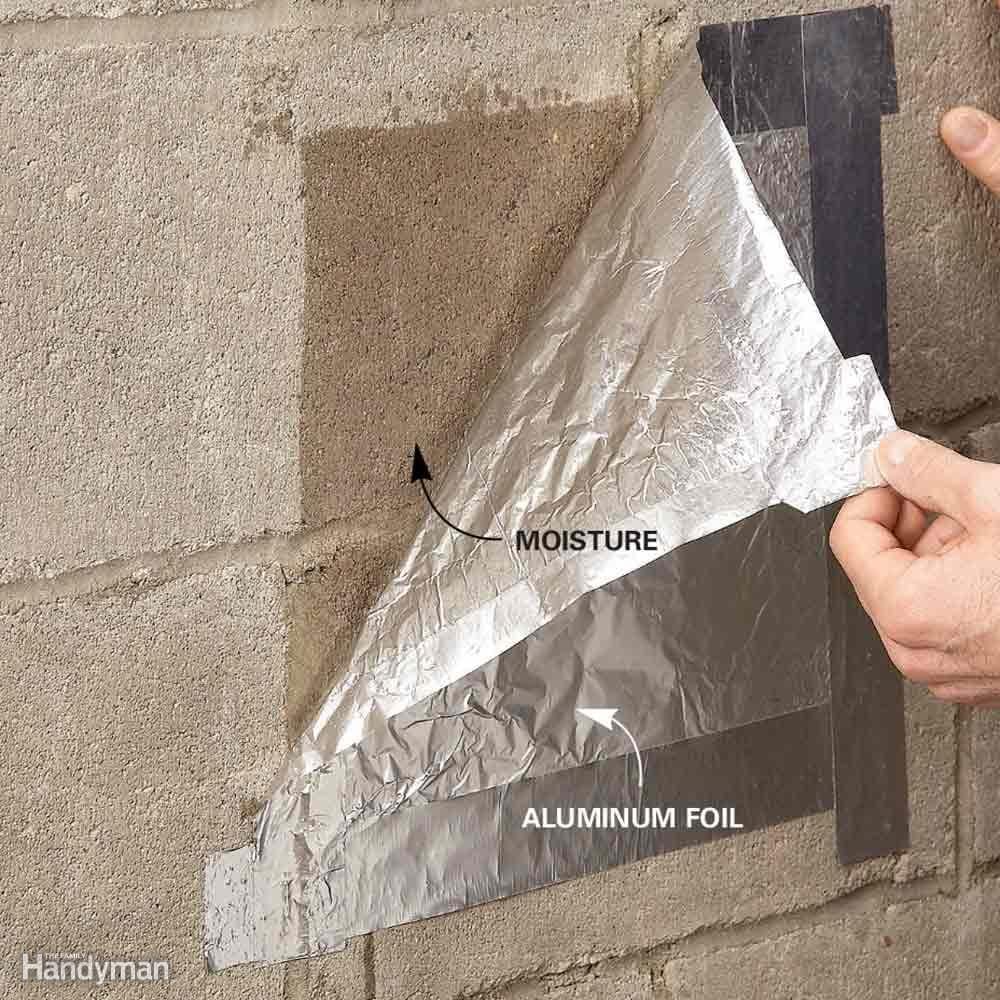
Diagnose the Water Problem
Water or moisture in basements comes from two sources. One source is indoor humidity that condenses on cold surfaces, much like water droplets form on a cold drink on a humid day. The other is water—or water vapor—that comes from outside. Rainwater, melting snow or groundwater can saturate the soil around your foundation and leak in. Water can leak through cracks, or it can penetrate porous concrete or masonry walls in the form of water vapor. To figure out what’s causing the problem, tape aluminum foil to your basement wall and inspect it a few days later. Moisture on the outside surface of the foil indicates high indoor humidity. Moisture behind the foil means moisture is leaking through the walls.

Get Rid of Excess Humidity
Eliminating the sources of humid air will help dry out your basement. Seal leaky dryer vents with foil tape to prevent unwanted humid air from entering your basement. Don’t just use duct tape; it’ll eventually fall off. Add a vent fan to your basement bathroom and make sure your family turns it on during showers. Keep your basement windows closed during humid weather. And if you’re still getting condensation on cool surfaces, run a dehumidifier to lower the indoor humidity.
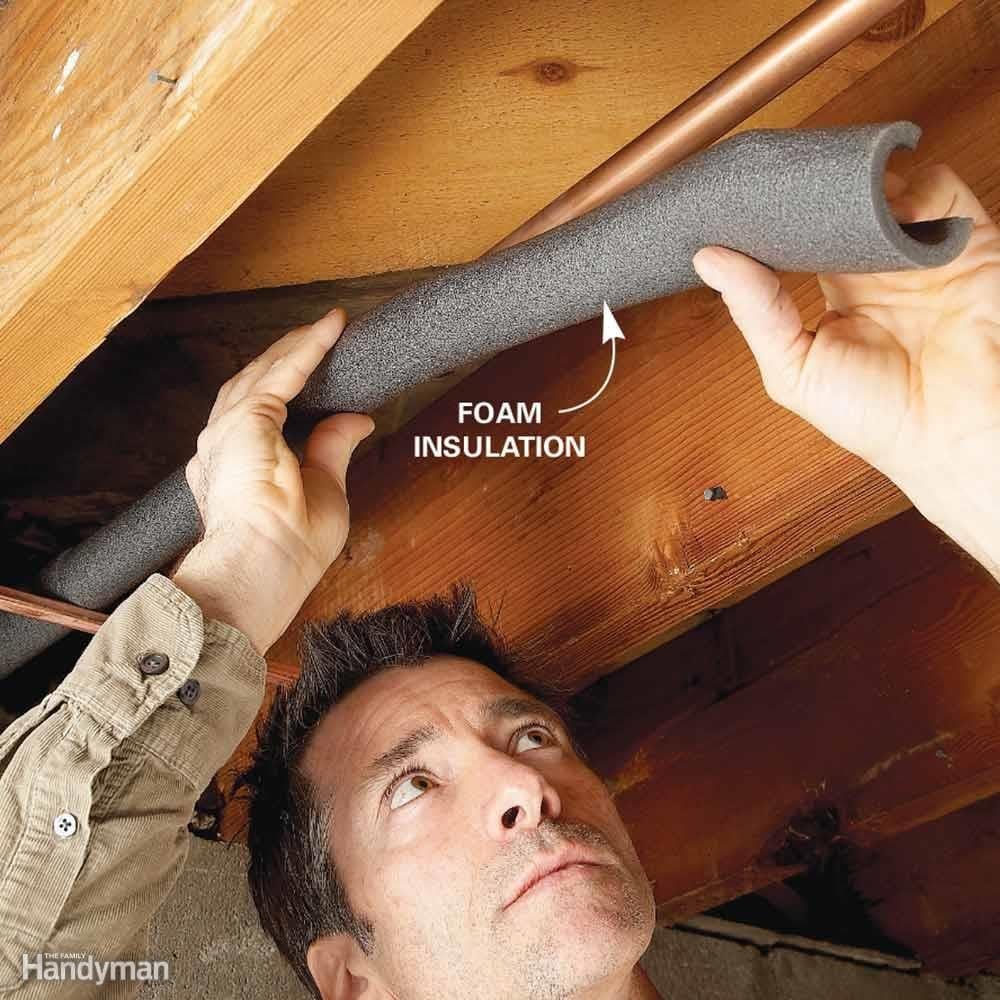
Insulate Pipes
Condensation dripping from cold pipes can contribute to basement water problems. Cover cold water pipes with foam pipe insulation to stop condensation. The foam insulation is inexpensive and easy to cut with scissors.
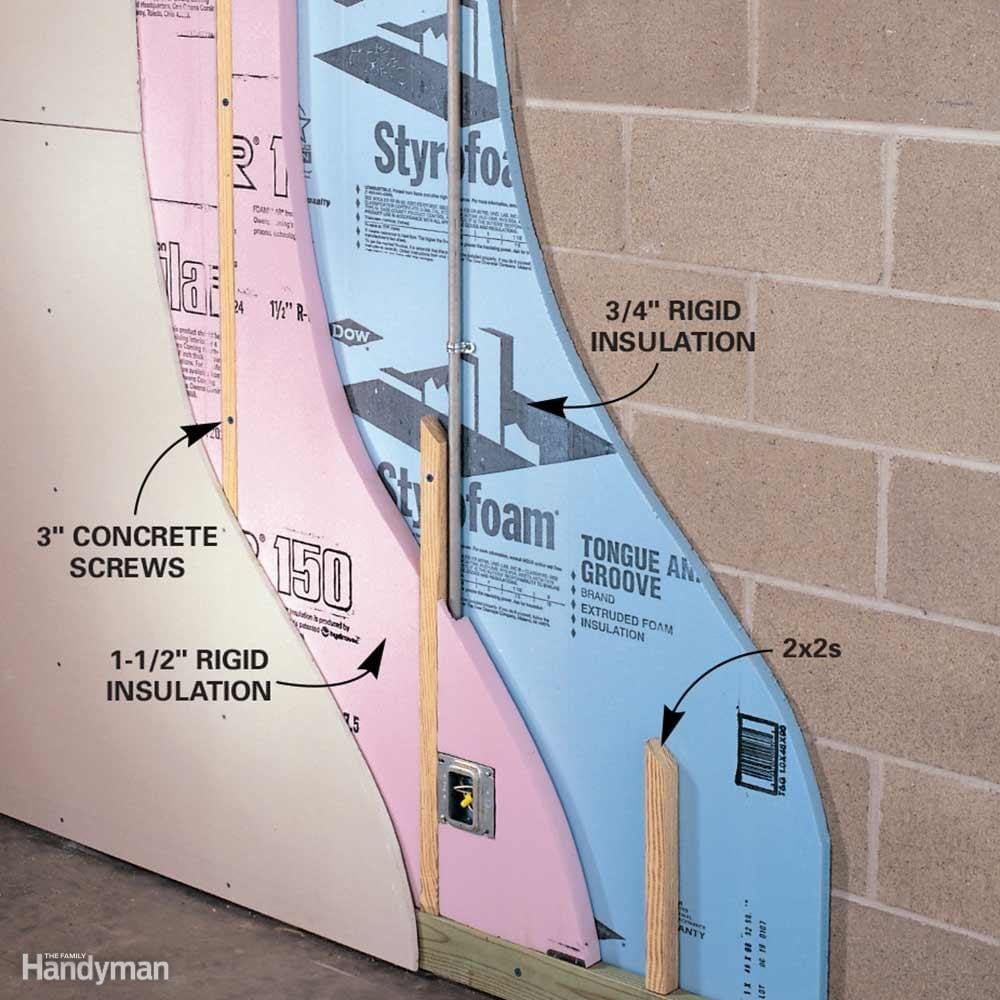
Insulate Walls
Insulate exterior walls to prevent condensation. In cold climates, insulating basement walls also saves energy and reduces your heating bill. But don’t cover the walls with insulation if water is leaking in from outside; you’ll just create a potential mold problem.
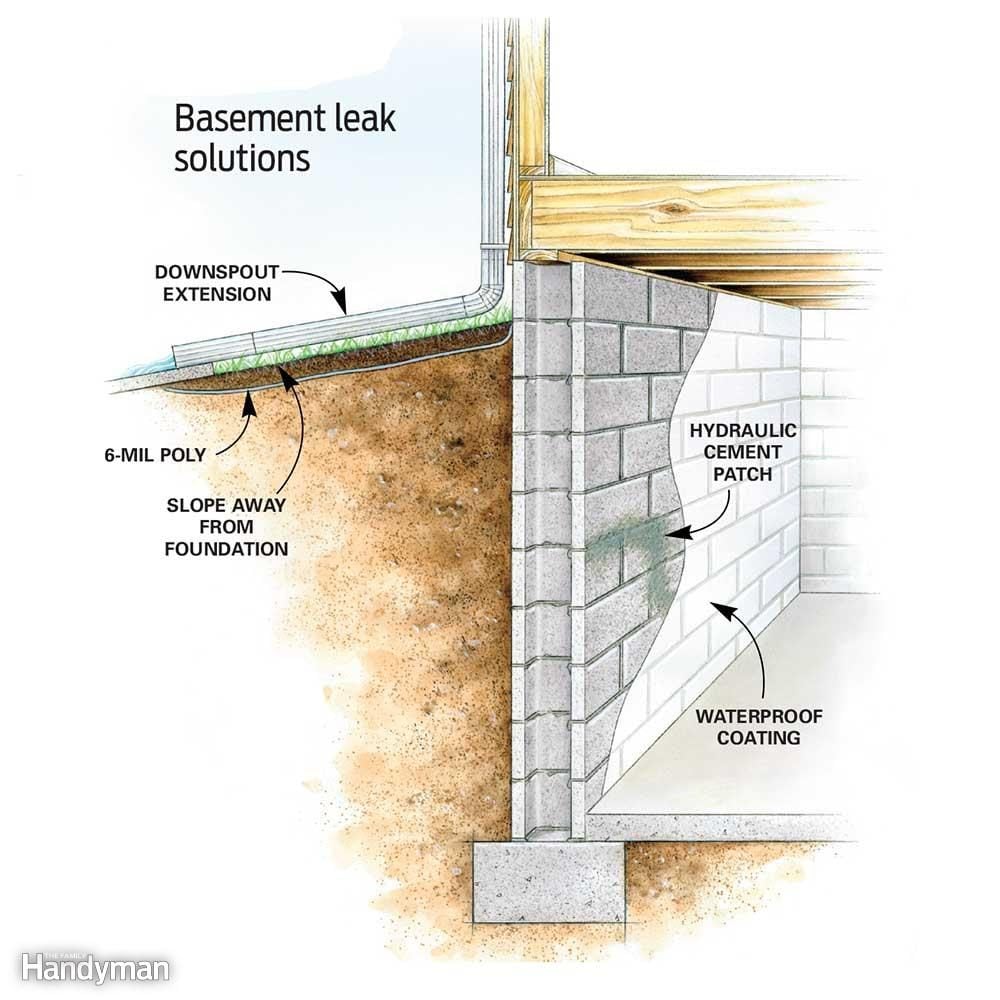
Keep Water Away From the Foundation
If your basement leaks after heavy rains or after snow melts, making sure water is diverted away from your foundation may solve the problem. It’s common for the soil alongside your house to settle over time, creating a moat that collects runoff and directs it down your foundation wall and into the basement. Lawn edging and gravel along the foundation can make things worse. Solve the problem by creating a 6-ft.-wide slope that drops about 4 in. away from the foundation. For extra insurance, cover the sloping soil with a layer of 6-mil poly. Then hide the poly with mulch, gravel or a layer of soil covered with grass. This will keep water from soaking in near the foundation.
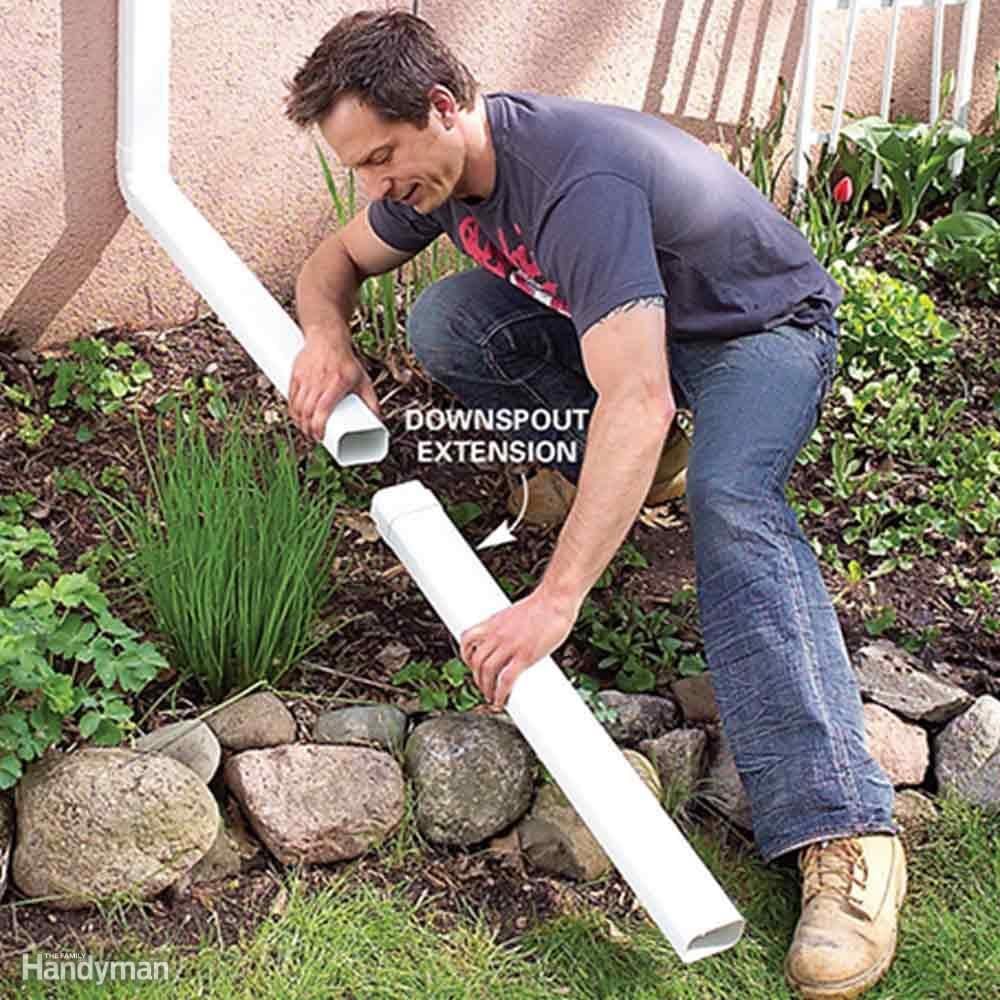
Add Gutters and Extend Downspouts
If your basement leaks after it rains and you don’t have gutters, consider adding them. Gutters catch the rain and channel it to the downspouts, which direct it away from the house. Whether you’re installing new gutters or already have them, be sure the downspouts have 4- to 6-ft. horizontal extensions to move the water away from the house.
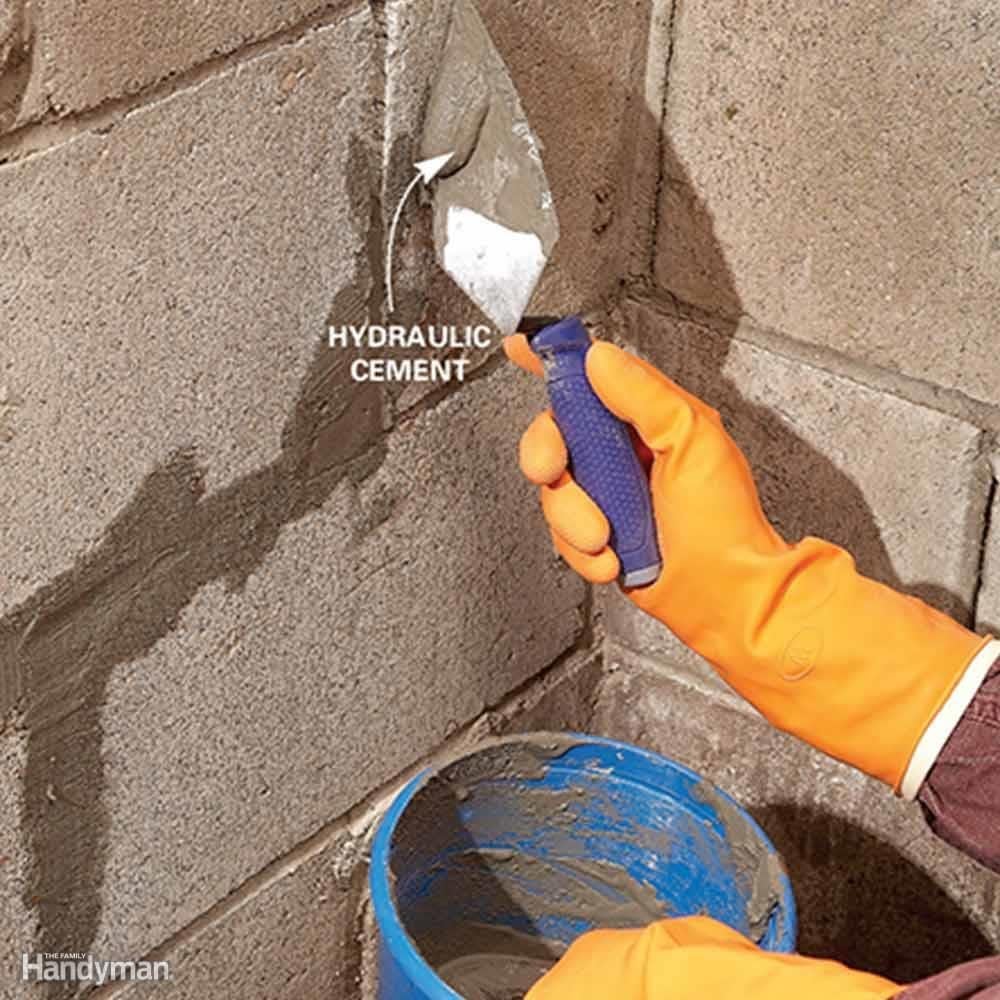
Plug Holes and Cracks in the Foundation
Holes and cracks in your foundation can let moisture and water seep into your basement. Plugging them probably won’t solve basement leaks, but it’ll help. Hydraulic cement works great for patching holes in a foundation because it can set up even under water, and it expands as it sets to seal the hole and lock the plug in place. Use a cold chisel or an angle grinder fitted with a masonry-cutting disc or diamond blade to enlarge the hole or crack into an inverted “V,” with the narrow part of the “V” on the surface of the wall. Then follow the package instructions for mixing and using the hydraulic cement.
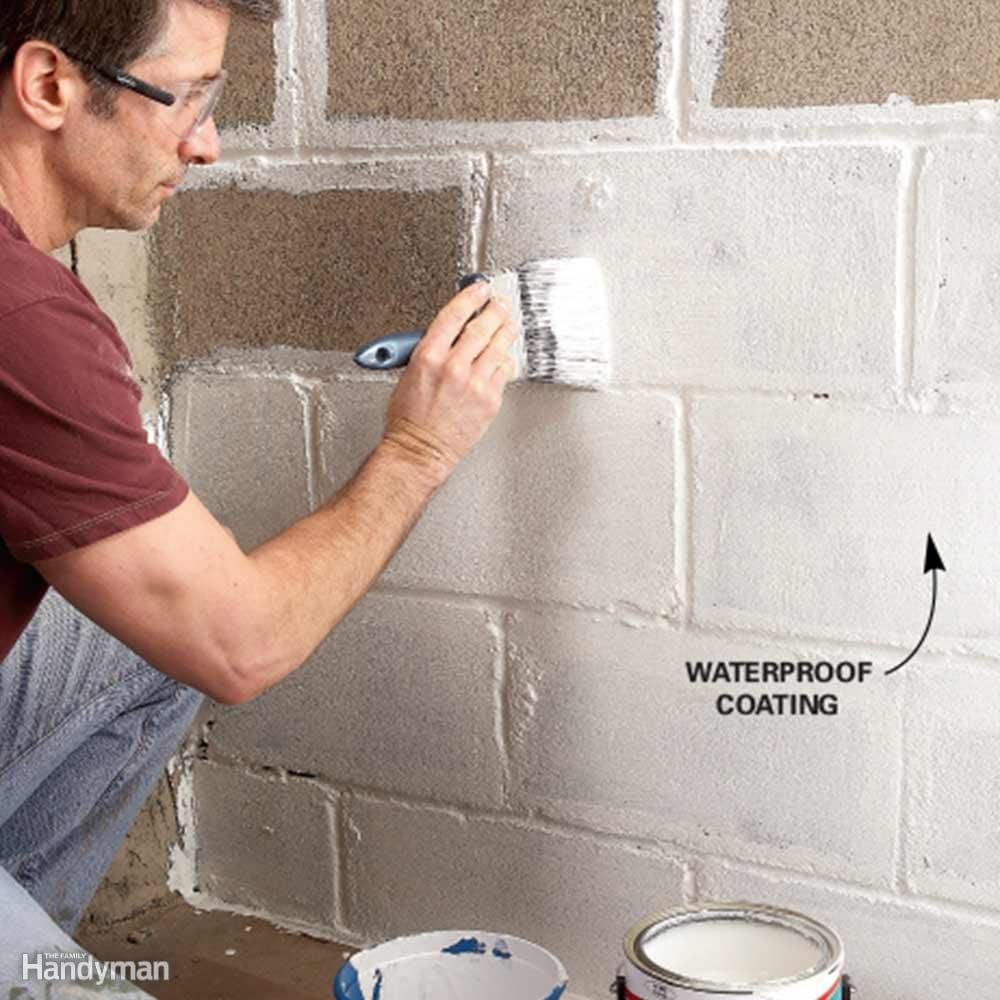
Waterproof the Walls
Waterproofing materials that go on like paint fill the pores in the concrete or masonry walls and prevent water from leaking in. To be effective, these coatings must be applied to bare concrete or masonry walls. Start by removing loose material with a wire brush. Then clean off any white powdery “efflorescence” with masonry cleaner. Follow the safety and application instructions carefully. A common mistake when using masonry waterproofing products is to spread them too thin. The goal is to fill every pinhole to create a continuous waterproofing membrane. Brush the coating in all directions to completely fill every pinhole. Add a second coat after the first dries.
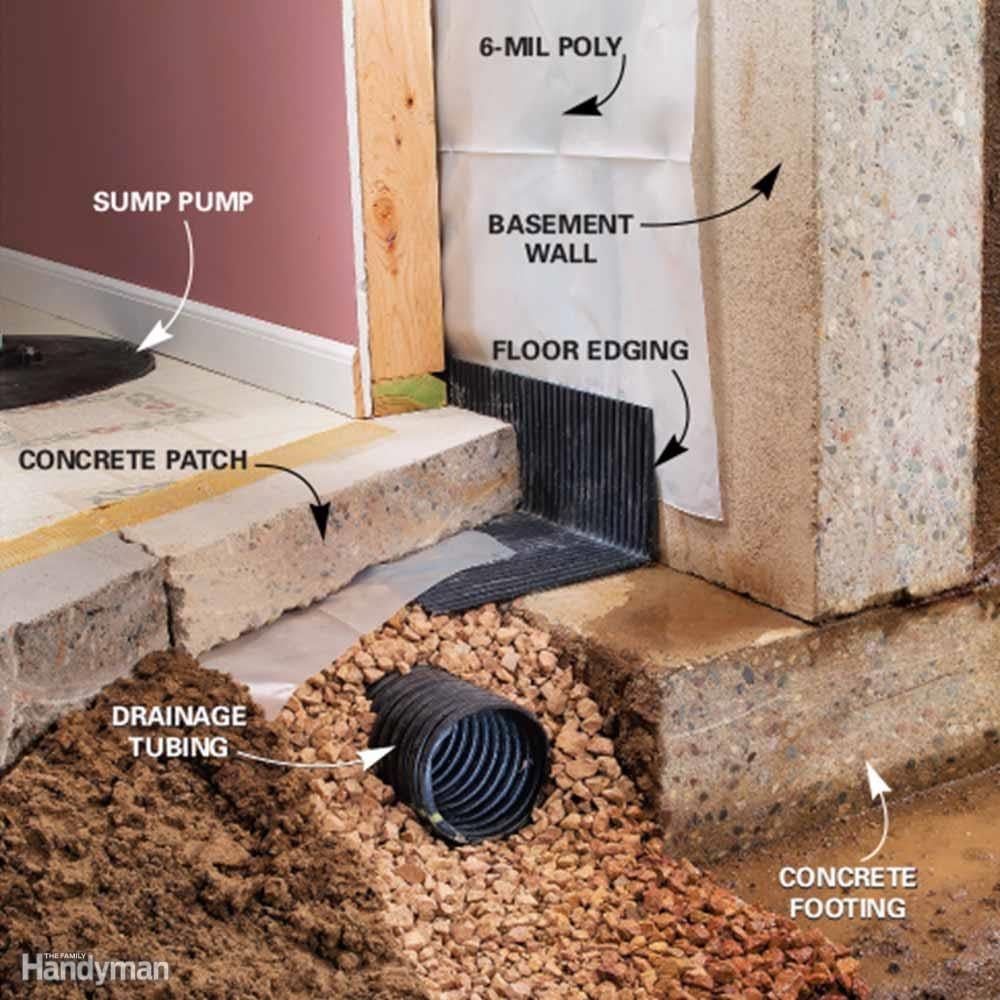
Install a Drainage System
The best permanent fix for chronic basement leaks is to install drainage tubing below the basement floor that’s connected to a sump basket and pump. You can install a system like this yourself, but breaking out the concrete floor, burying the tubing, and patching the floor is a lot of backbreaking work. Materials to do an average basement will cost $600 to $1,000. Expect to spend $3,000 to $8,000 for a professionally installed system in a standard-size basement.

Seal the Rim Joists
Uninsulated rim joists are huge energy losers. Now’s the time to insulate and seal your rim joists. One option is to seal the rim joists with rigid insulation cut to fit. We recommend a minimum of 2-in.-thick extruded polystyrene, but check your local codes to see what’s required. If you have a table saw, use it to cut strips equal to the depth of your joists. Then use a fine-tooth handsaw, utility knife or miter saw to cut the strips to length. Fill small gaps with caulk, and larger ones with expanding spray foam from a can.
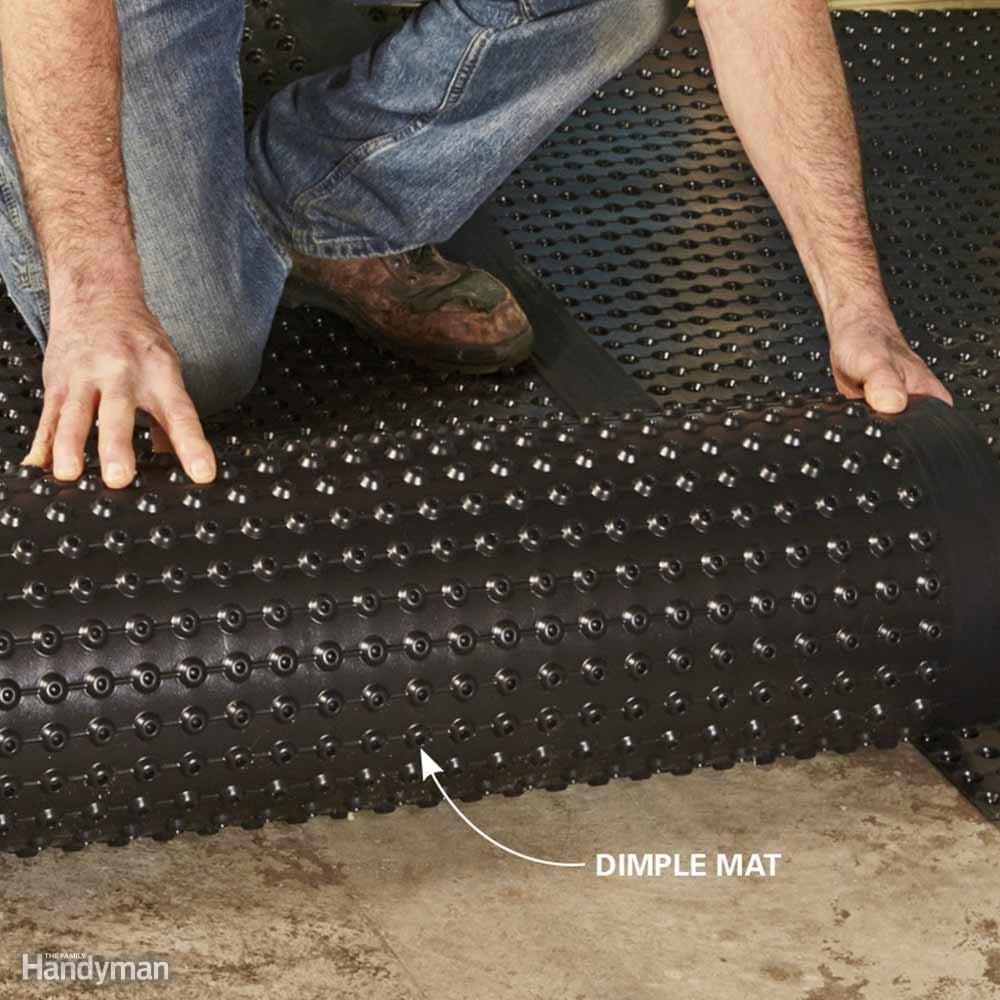
Install Drainage Mats for a Warmer, Drier Floor
Plastic drainage mats, or dimple mats, allow air to circulate under the flooring and provide a moisture barrier. They also provide an insulating layer of air that separates the floor from cold concrete, reducing the potential for moisture damage from condensation or water vapor migrating through the concrete.
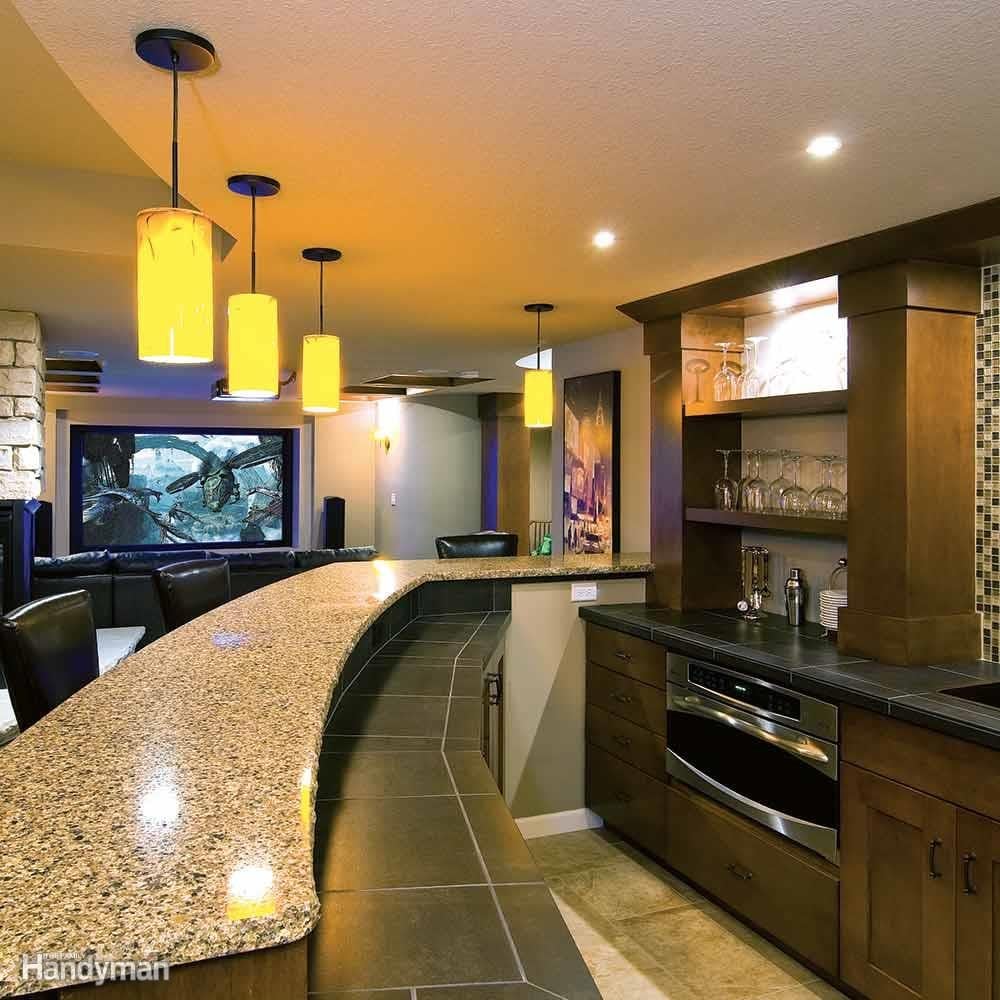
Vary Your Lighting Choices
For the most interesting space, include several kinds of lighting in your plan. Start with good general illumination for times when you want a brightly lit room. Plan to add a dimmer switch to control the amount of light. Recessed can lights, ceiling fixtures and fluorescent “pillow” lights are a few types of general lighting. If you’re worried about noise traveling upstairs, don’t use recessed can lights.
Photo provided by Finished Basement Company
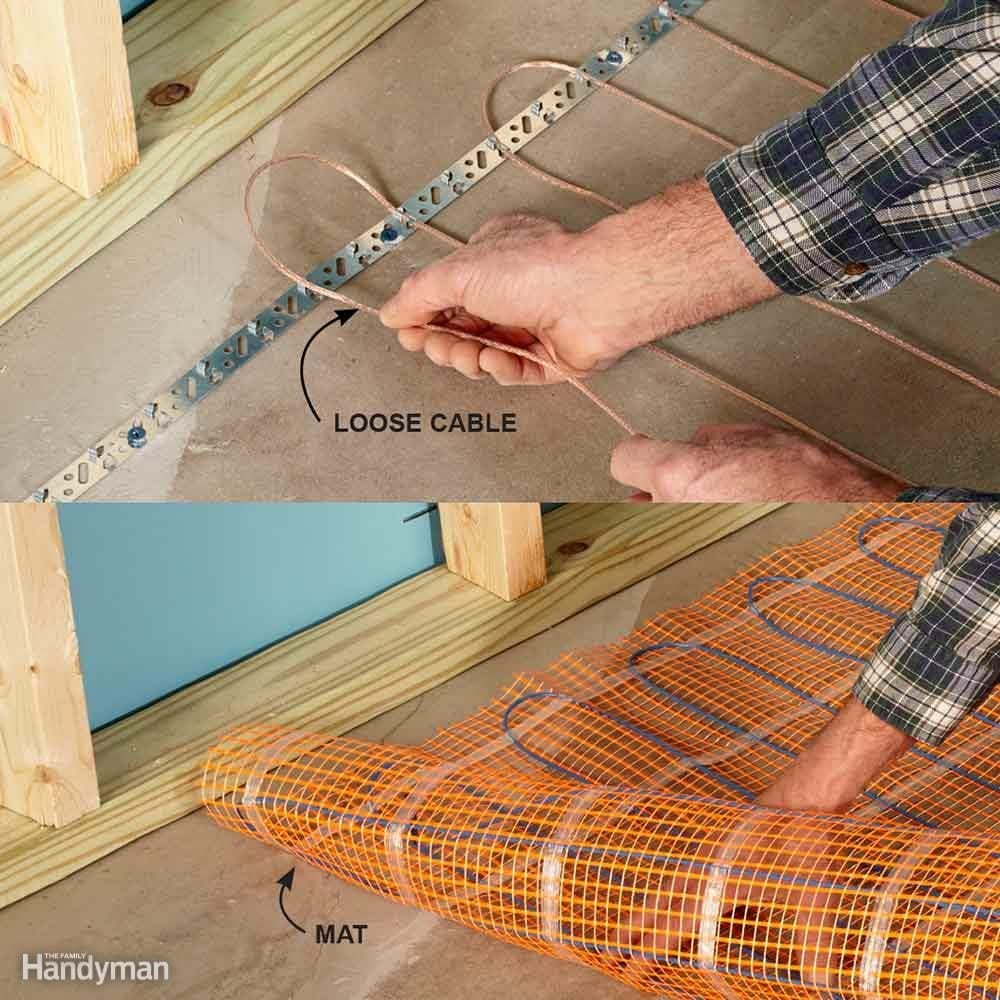
Warm Up Cold Floors With Heating Cables
You can warm up your basement floor with electric heating cables or mats. This type of heat doesn’t warm the room much, but it makes floors much more comfortable. The downside is that heating cables are expensive to install and expensive to run. You can buy a loose cable system or mats with the cable attached. Loose cables are more work to install but cost less than mats. The more area you cover with cables or mats, the lower the cost per square foot.
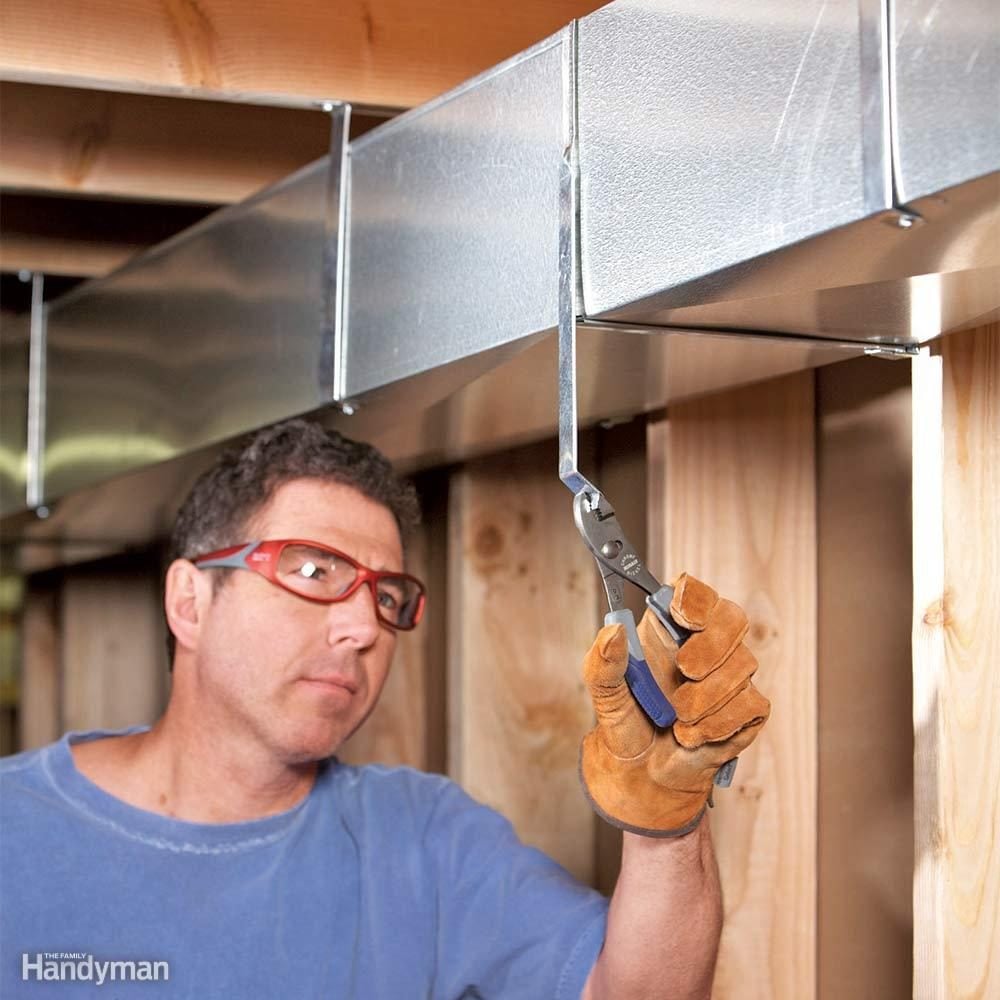
Hire a Pro to Design Your HVAC System
Don’t make the rookie DIY mistake of trying to heat your basement by cutting a hole in your main trunk line and screwing on a heat register. This will only create an imbalance in your entire heating system, and won’t provide the heat where you need it. Money spent on proper design is a good investment. Hire a professional heating contractor to design your ductwork. If you would like to do the work yourself, look for a heating contractor who will provide the plan and possibly even the materials.
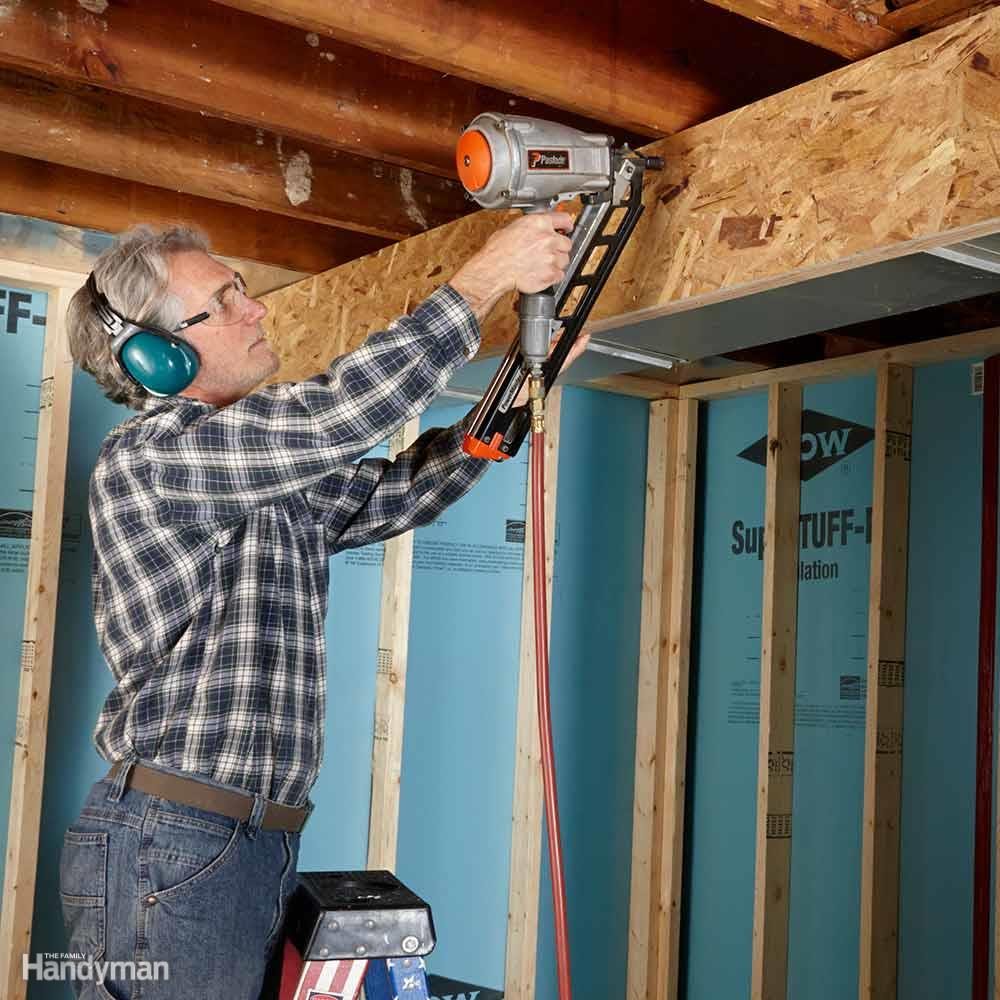
Frame Soffits With OSB
Most basements have ducting or plumbing mounted below the joists that needs to be boxed in. The most common method is to build a wooden frame around them that can be covered with drywall. Here’s a pro tip for building these soffits. Rather than frame the sides with 2x2s or some other lumber, simply cut strips of plywood or OSB (oriented strand board) for the sides.
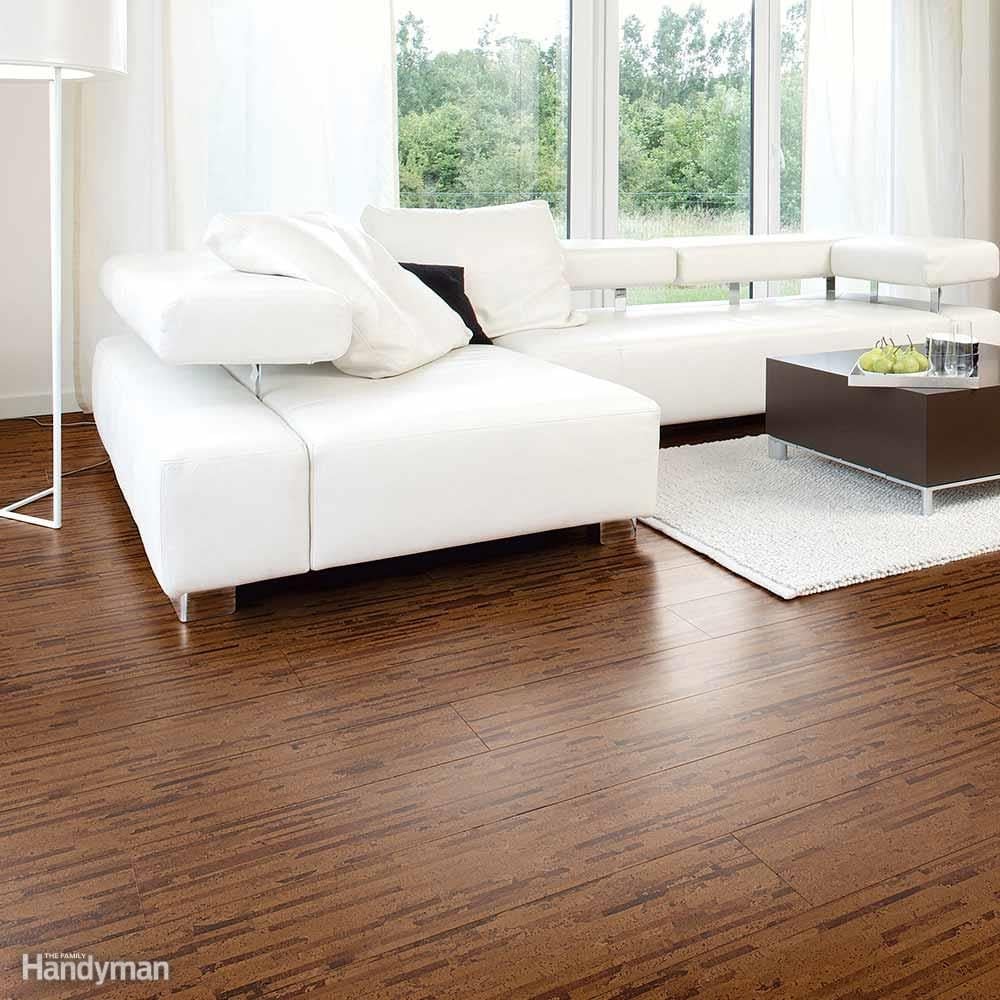
Cork Makes a Great Basement Floor Covering
Choosing material for a basement floor is tricky. Carpet is warm and soft but susceptible to moisture damage. Tile is good for areas that might get wet, but it’s hard and cold underfoot. Still, there are a few choices that strike a good compromise. Interlocking cork flooring is easy to install, sustainably harvested and warm underfoot. Make sure to buy top-quality cork flooring that has a durable, water-resistant core to prevent moisture damage.
Photo provided by Torlys

Consider Luxury Vinyl Tile Flooring
A good basement flooring choice is luxury vinyl tile or planks. Luxury vinyl is waterproof and virtually indestructible. It’s also easy to install and looks great. It’s available in a plank form that looks like wood, and squares that look like tile. Floating luxury vinyl floors connect with self-adhesive tabs or interlocking edges. You’ll find luxury vinyl at flooring stores, home centers and online.
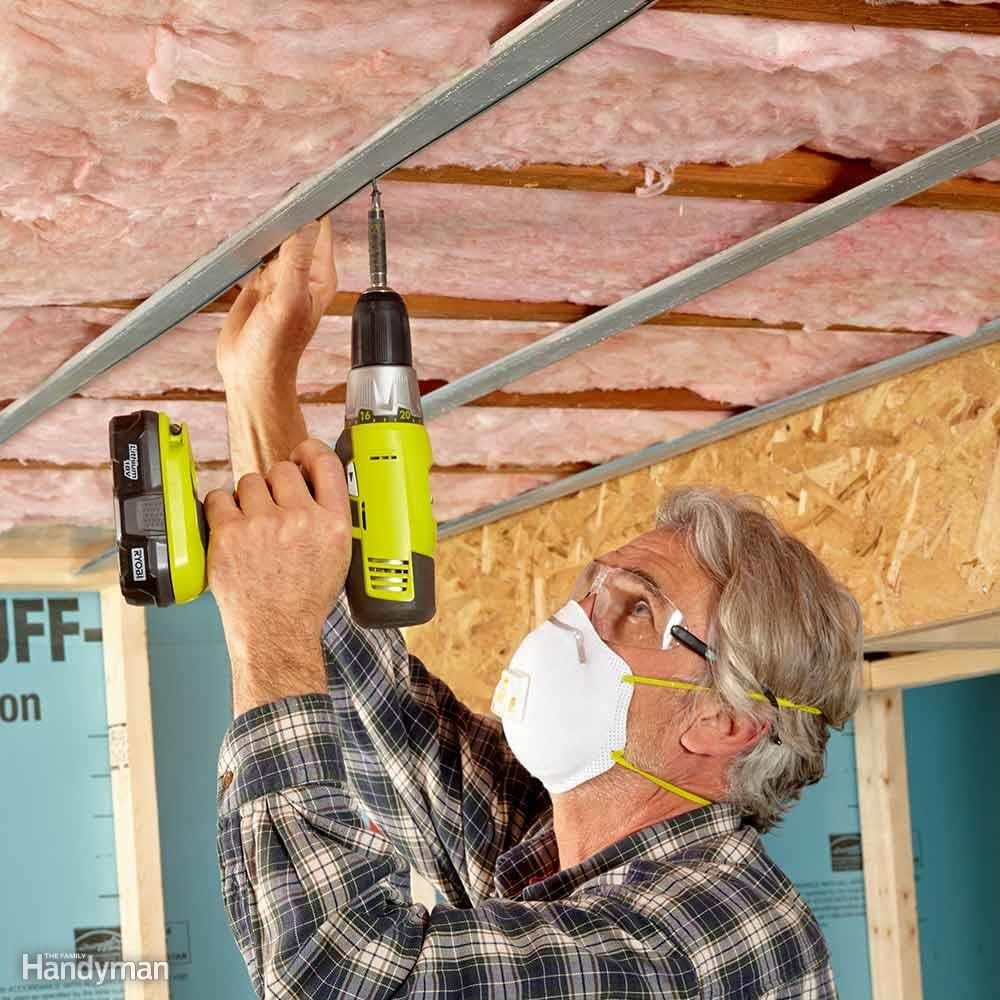
Tips for a Quieter Ceiling
To quiet footsteps from the floor above, consider adding fiberglass batts to the joist spaces. You can add a 3-1/2-in. layer, or better yet, fill the joist spaces with fiberglass. For even more noise reduction, isolate the ceiling drywall from the joists with resilient channels. Screw the channels to the joists, spacing them 12 or 16 in. apart (ask your building inspector what’s required). Then screw the drywall to the channels, being careful not to drive screws into the joists. This creates a “floating ceiling” that reduces sound transmission. You may have to visit a drywall supplier to find resilient channels.
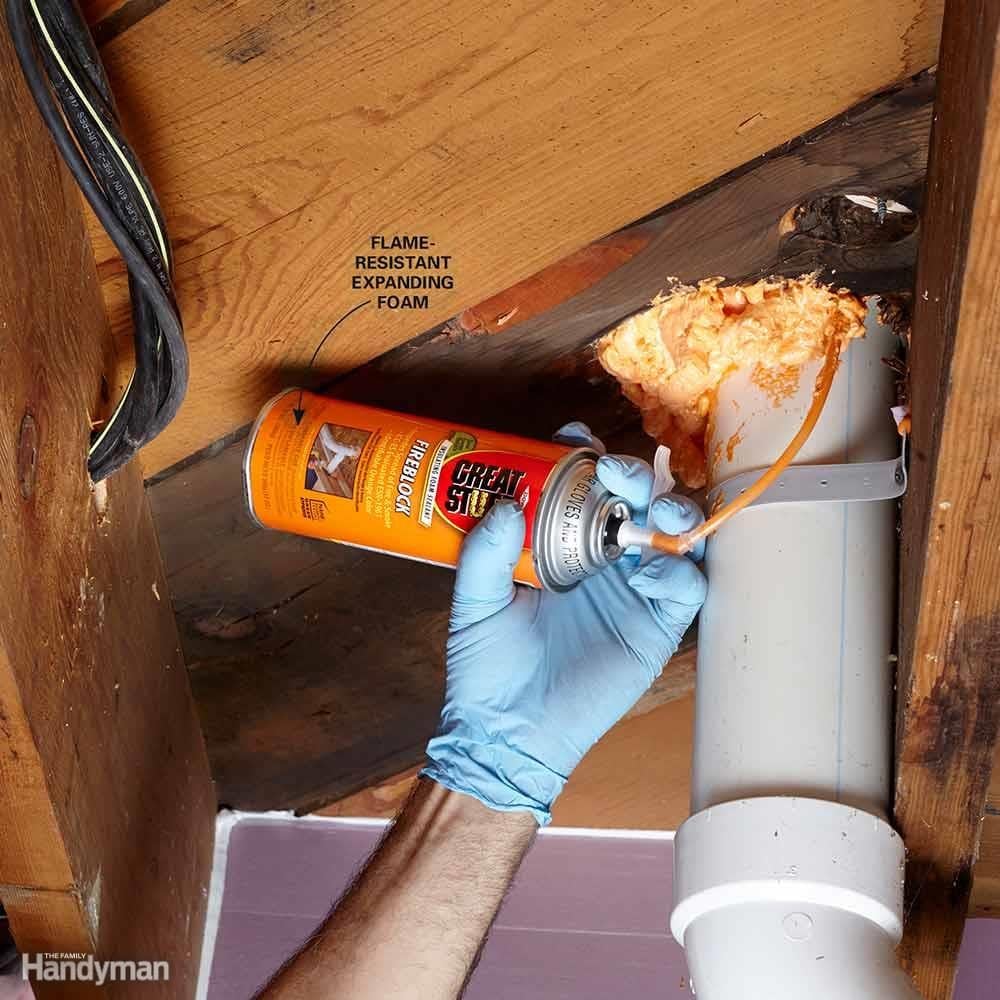
Seal Around Pipes and Wires
Seal small cracks around pipes and wires with special “red” high-temperature silicone caulk. Fill larger openings with flame-resistant expanding foam. Close openings around chimney flues or other large openings by nailing sheet metal over them and sealing the edges with caulk. Sealing between the basement and upstairs will help prevent the spread of fire from the basement to upstairs. It will also save energy and prevent sound transfer from the basement to the upstairs.
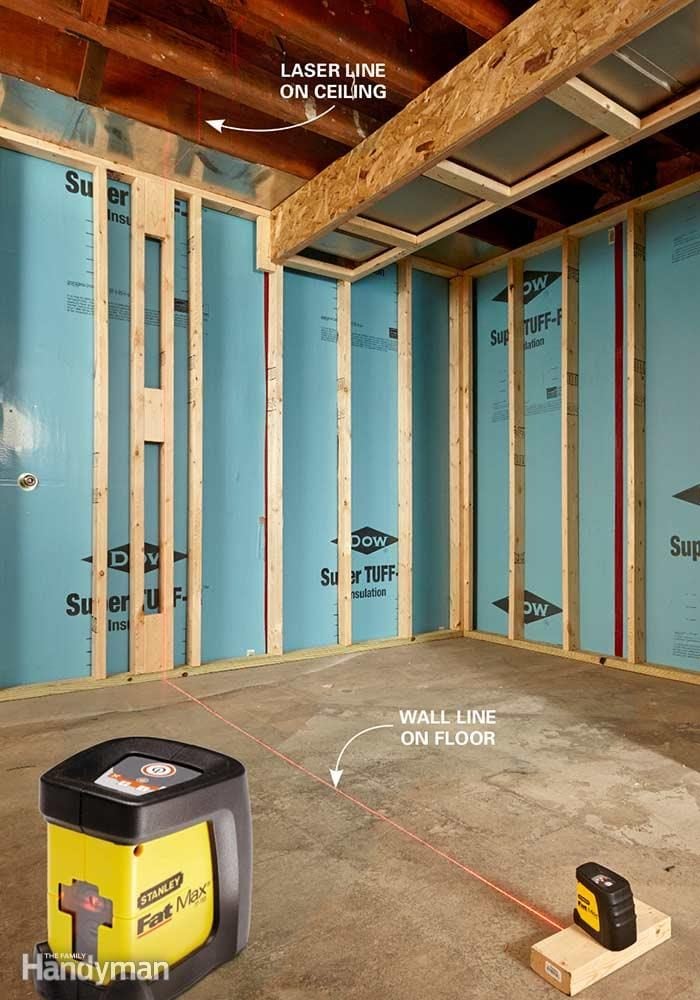
Buy a Laser for Speedier Framing
If you’ve been looking for an excuse to buy a laser level, this is it. Especially if you plan to stick-frame the walls—that is, build them in place rather than build them on the floor and stand them up. That’s because with stick-framing you have to transfer the location of the bottom wall plate to the ceiling. You can do this with a straightedge and a regular level. But a laser is so much faster! Start by marking the wall locations on the floor with a chalk line. Then simply line up the laser with the chalk line, and the laser beam will show the location of the top plate on the joists. You’ll need a laser that projects a vertical line. And we like the self-leveling type for better accuracy and faster setup. Self-leveling lasers cost from $30 to about $400.
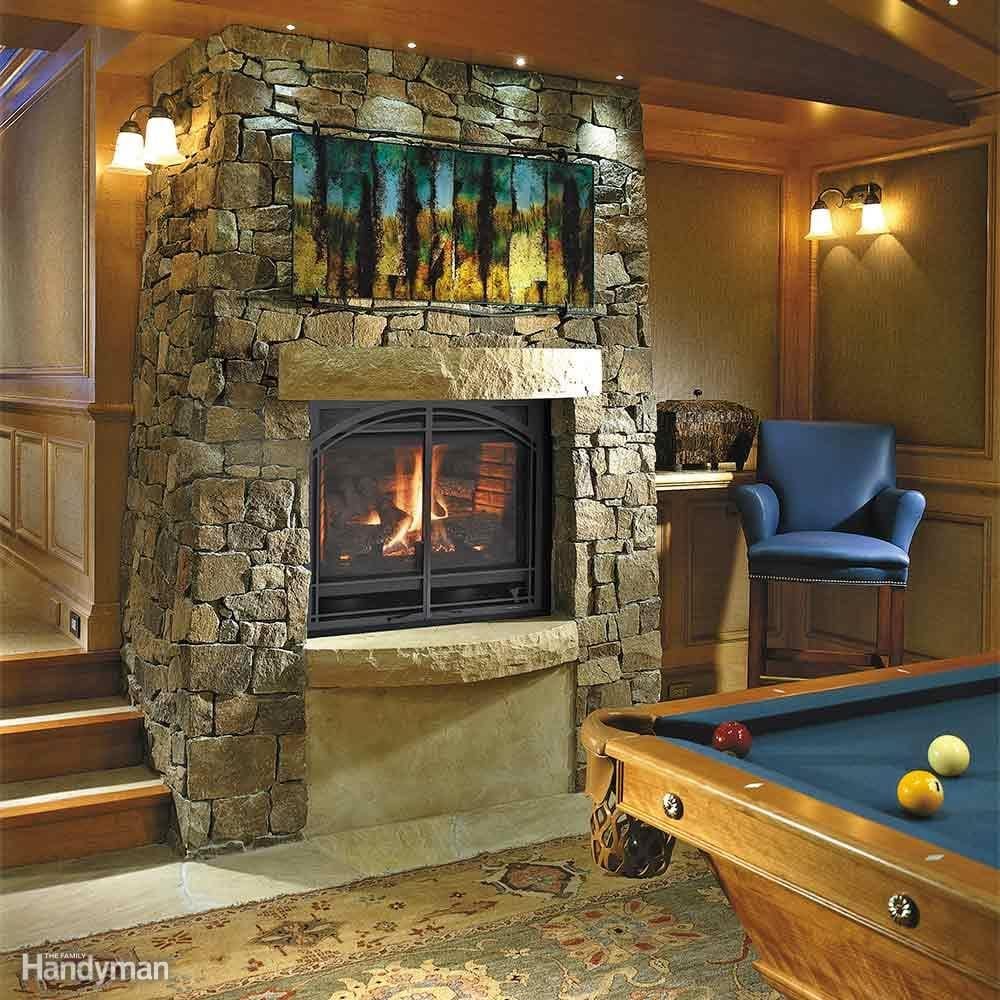
Add a Gas Fireplace
Consider adding a gas fireplace to your basement remodeling plans. In addition to the obvious benefit—everybody loves fireplaces—a fireplace can be a great source of extra heat to warm up a room fast on cold winter days. One advantage of gas fireplaces is that you may not need to run a chimney through the roof. In some situations, you can run the flue directly through the side wall.
Photo provided by Finished Basement Company
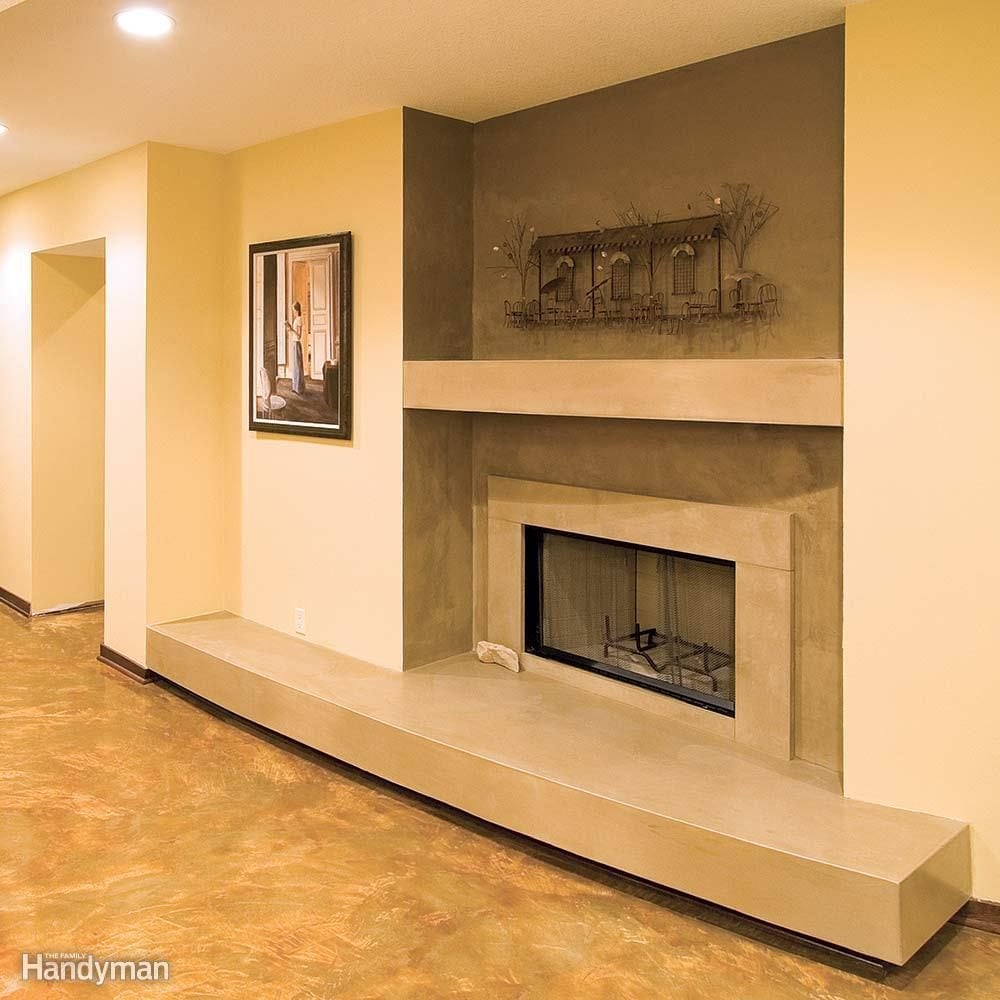
Use Warm Colors
Basements tend to be cool and lacking in natural light. You can make them feel cozier and more inviting by using warm colors.
Photo provided by Finished Basement Company




Leave a Reply